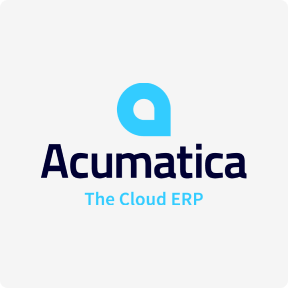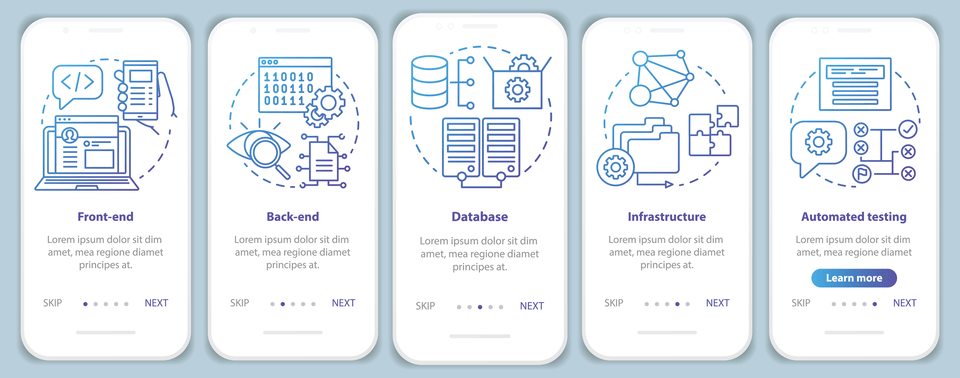However, this can be problematic for complex transactions, leading to data corruption. Popular use cases of document databases include content management systems and user profiles. An example of a document-oriented database isMongoDB, the database component of theMEAN stack. Sometimes, though, there doesn’t need to be a choice between relational and nonrelational databases.

This infrastructure delivers its most benefit to the user, whether it’s marketplace bidding changes or displaying the best-targeted advertising. Website applications that need throughout NoSQL databases to enable fast response times and handle surges in demand without the latency which disk storage might cause. For storing and organizing data, NoSQL databases employ https://www.globalcloudteam.com/ a number of data structures. These databases are designed for applications that demand massive data, reduced latency, and variable data structures. They do it by loosening a few of the backup and data constraints that conventional databases have. NoSQL provides the feasibility of allowing the users the ability to store the information that they have copied.
Features of NoSQL Databases
This makes it easy to add new columns without dealing with all the issues involved in altering a vast table with lots of data already in it. NoSQL databases have a dynamic schema for unstructured data, making integrating data in certain types of applications easier and faster. In a relational database, each item in this table would have a value for Batteries Required, even if most of the products didn’t require batteries. As databases scale up and become more complex, this inflexibility can become a problem.
Only pay for read and write units consumed using new on-demand pricing that automates capacity management. Support millions of concurrent players with real-time status and game state while simultaneously retrieving or updating the game data with single-digit millisecond response times. Develop content and product catalog services that delight customers and deliver them in record time by utilizing Oracle NoSQL’s rich APIs. Build rich, personalized user experiences with fast response times based on content customized to the individual users.
Key–value store
The basic idea behind NoSQL is to optimize the database performance for horizontal scaling, large data volumes, and low latency by forgoing some data consistency restrictions present in RDBMSs. Instead of rigid data models such as tables, columns, or rows, NoSQL databases offer flexible models. In use cases that do not require relational consistency, these models help NoSQLs perform better than relational databases. Graph data stores organize data as nodes, which are similar to rows in a relational database, and edges, which represent connections between nodes.

Optimizes secondary indexes automatically to improve query performance. Provides a global scale-out architecture and high-availability using sharding and replication. Generate a REST API on any data source in seconds to power data products. Database management is a series of actions and responsibilities performed by a DBA to help meet an organization’s needs during the data life cycle. Each implementation of NoSQL offers its own solution for dealing with large sets of heterogeneous data.
What are NoSQL databases?
Some NoSQL systems provide concepts such as write-ahead logging to avoid data loss. For distributed transaction processing across multiple databases, data consistency is an even bigger challenge that is difficult for both NoSQL What is NoSQL and relational databases. Relational databases “do not allow referential integrity constraints to span databases”. Few systems maintain both ACID transactions and X/Open XA standards for distributed transaction processing.

IBM Cloudant is a scalable JSON document database optimized for web, mobile, IoT, and serverless applications. The service is compatible with an open source ecosystem that includes Apache CouchDB, PouchDB, and libraries for the most popular web and mobile development stacks. NoSQL databases work phenomenally well with queries against a single table. However, as the complexity of the queries increase, relational databases are a better choice. NoSQL database typically do not offer complex joins, sub-queries, and nesting of queries in a WHERE clause.
Upgrading IBM Cloud Databases for PostgreSQL with Minimal Downtime
In SQL databases, usually, a separate data warehouse is used to support analytics. Digital transformation is the name for the trend toward serving customers using scalable, customizable internet and mobile applications. These applications are often hard to build and evolve rapidly using SQL technology. For this reason, from the mid-2000s to 2020 we have seen a steady rise in the adoption of NoSQL database technology. Selecting or suggesting a database is a key responsibility for most database experts, and “SQL vs. NoSQL” is a helpful rubric for informed decision-making. When considering either database, it is also important to consider critical data needs and acceptable tradeoffs conducive to meeting performance and uptime goals.
- Fast-forward to today, and SQL is still widely used for querying relational databases, where data is stored in rows and tables that are linked in various ways.
- NoSQL systems are also sometimes called Not only SQL to emphasize the fact that they may support SQL-like query languages.
- Cassandra supports the Cassandra Query Language, an SQL-like language, and other APIs such as REST and GraphQL are under development.
- A relational database may require vertical and, sometimes horizontal expansion of servers, to expand as data or processing requirements grow.
- NoSQL queries are often faster than traditional SQL queries so the cost of additional queries may be acceptable.
- In conclusion, NoSQL databases offer several benefits over traditional relational databases, such as scalability, flexibility, and cost-effectiveness.
Relational databases are designed for transactional and strongly consistent online transaction processing applications and are good for online analytical processing . NoSQL databases are designed for a number of data access patterns that include low-latency applications. NoSQL search databases are designed for analytics over semi-structured data. Data model The relational model normalizes data into tables that are composed of rows and columns. A schema strictly defines the tables, rows, columns, indexes, relationships between tables, and other database elements.
Difference Between NoSQL and SQL
The demands of these applications could not be served by SQL technology and each of the early companies developed new databases to meet their needs. Most of these were developed in-house and were later published as open source. NoSQLdescribes a “category of databases built on non-relational technology.” Some believe it is more accurate to define NoSQL more about how the data is stored and less about how to query the database. In addition to being able to scale effective and efficiently, distributed NoSQL databases are easy to install, configure, and scale. They were engineered to distribute reads, writes, and storage, and they were engineered to operate at any scale – including the management and monitoring of clusters small and large.

Never specify CPUs or servers, simply define the read and write table capacity. The performance of SQL can be poor on substantial data sets because it requires multiple passes over the data to complete many operations . Database replication involves moving data through one of several methods from one database in a server to another. This process creates a distributed database for more consistent information access across…
Geographically distributed
Instead, the application has many, loosely coupled and independently deployable services, each with their own data model and database, and integrated via API gateways or aniPaaS. As time passed, the demands for faster and more disparate use of large data sets became increasingly more important for emerging technology, such as e-commerce applications. Programmers needed something more flexible than SQL databases (i.e. relational databases). These databases store and manage data in the form of tables, rows, and columns. They are broadly deployed in applications that require a column format to capture schema-free data.
